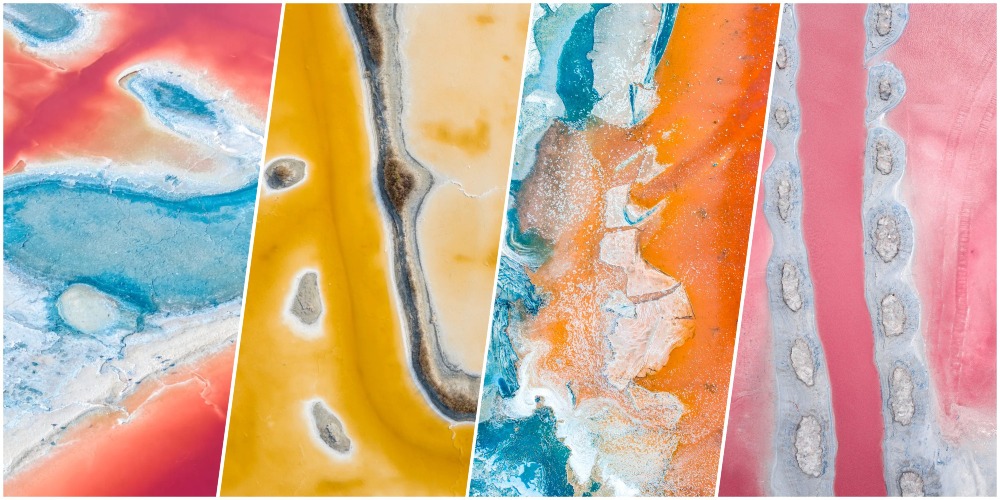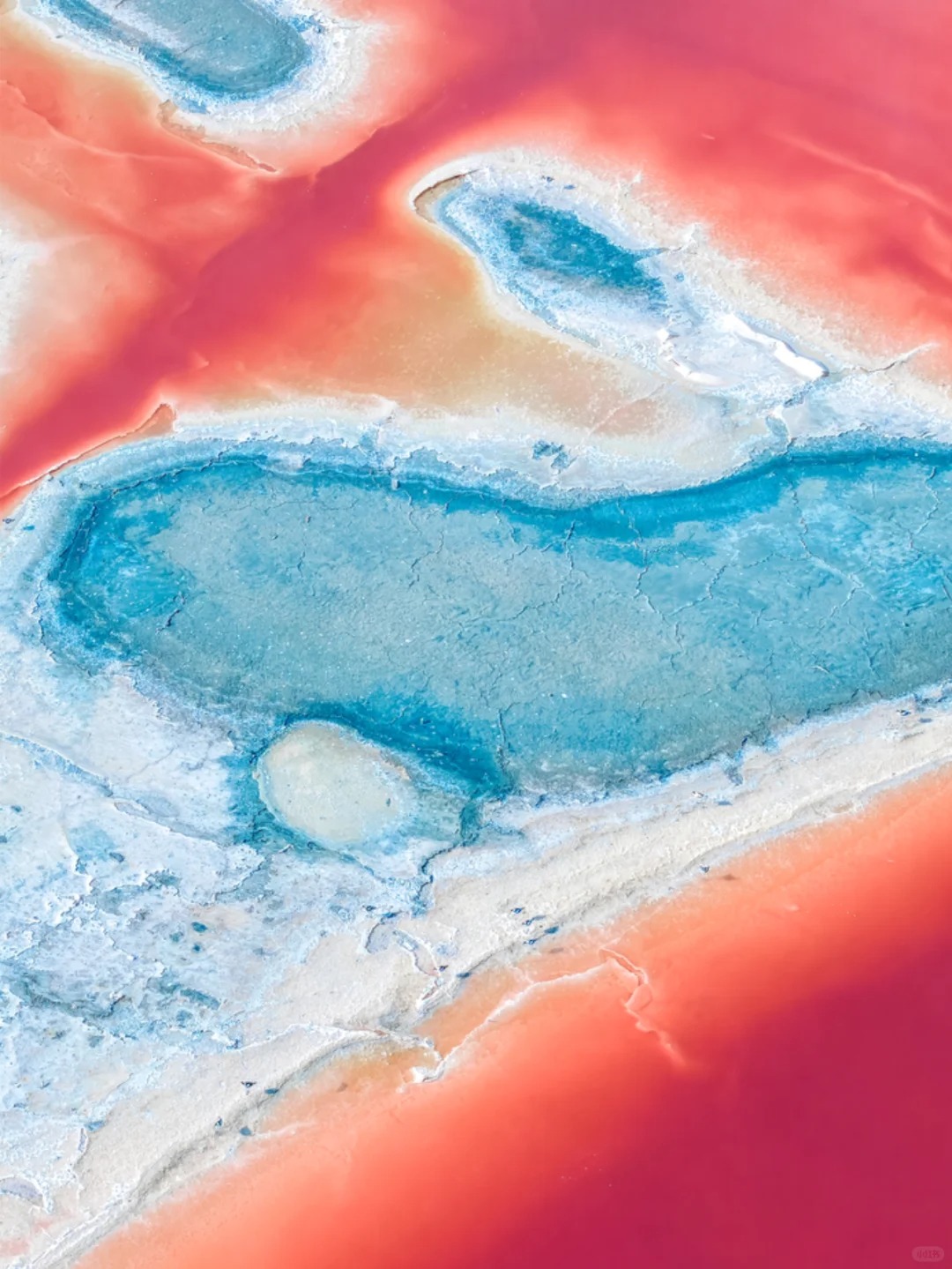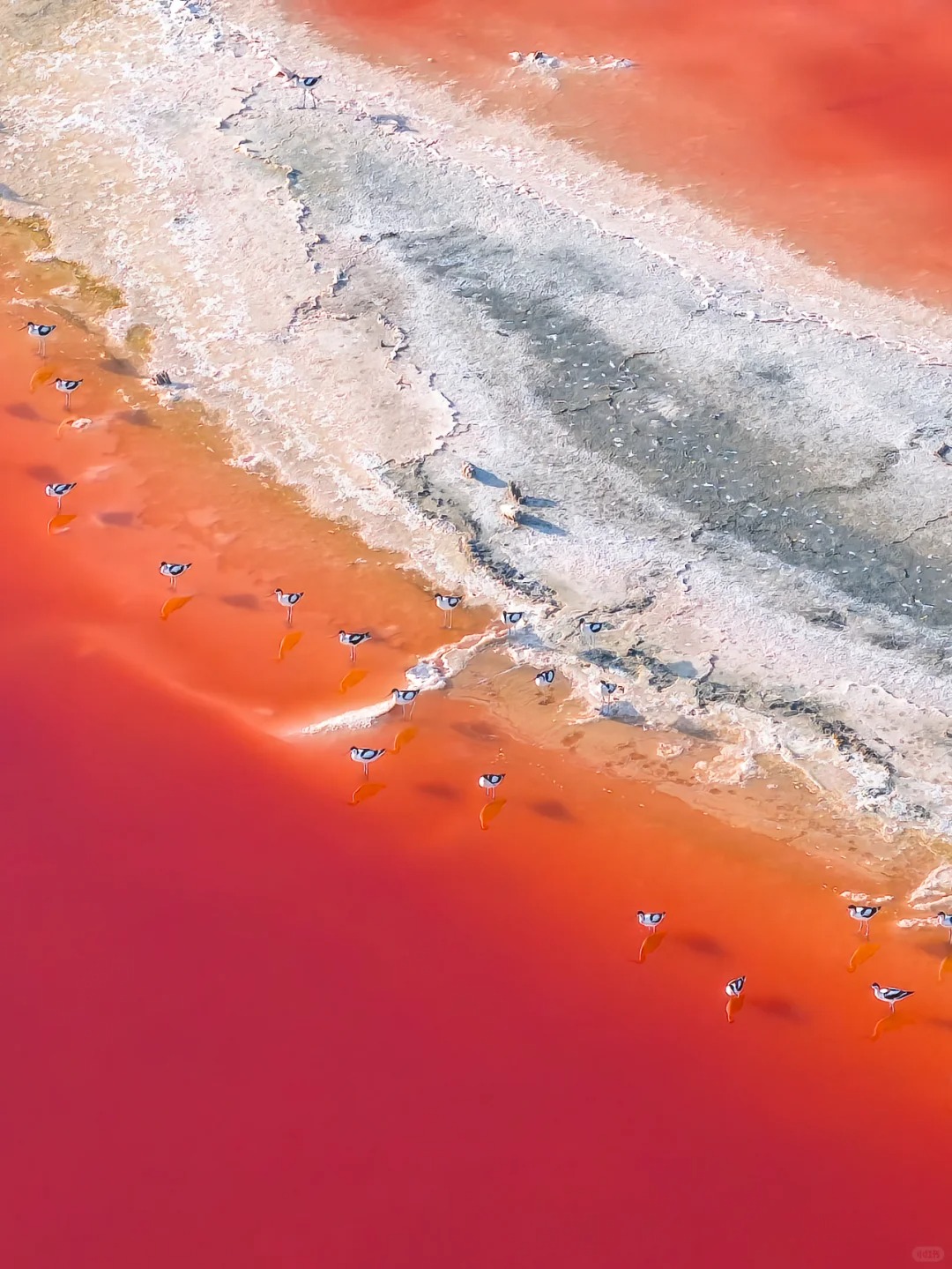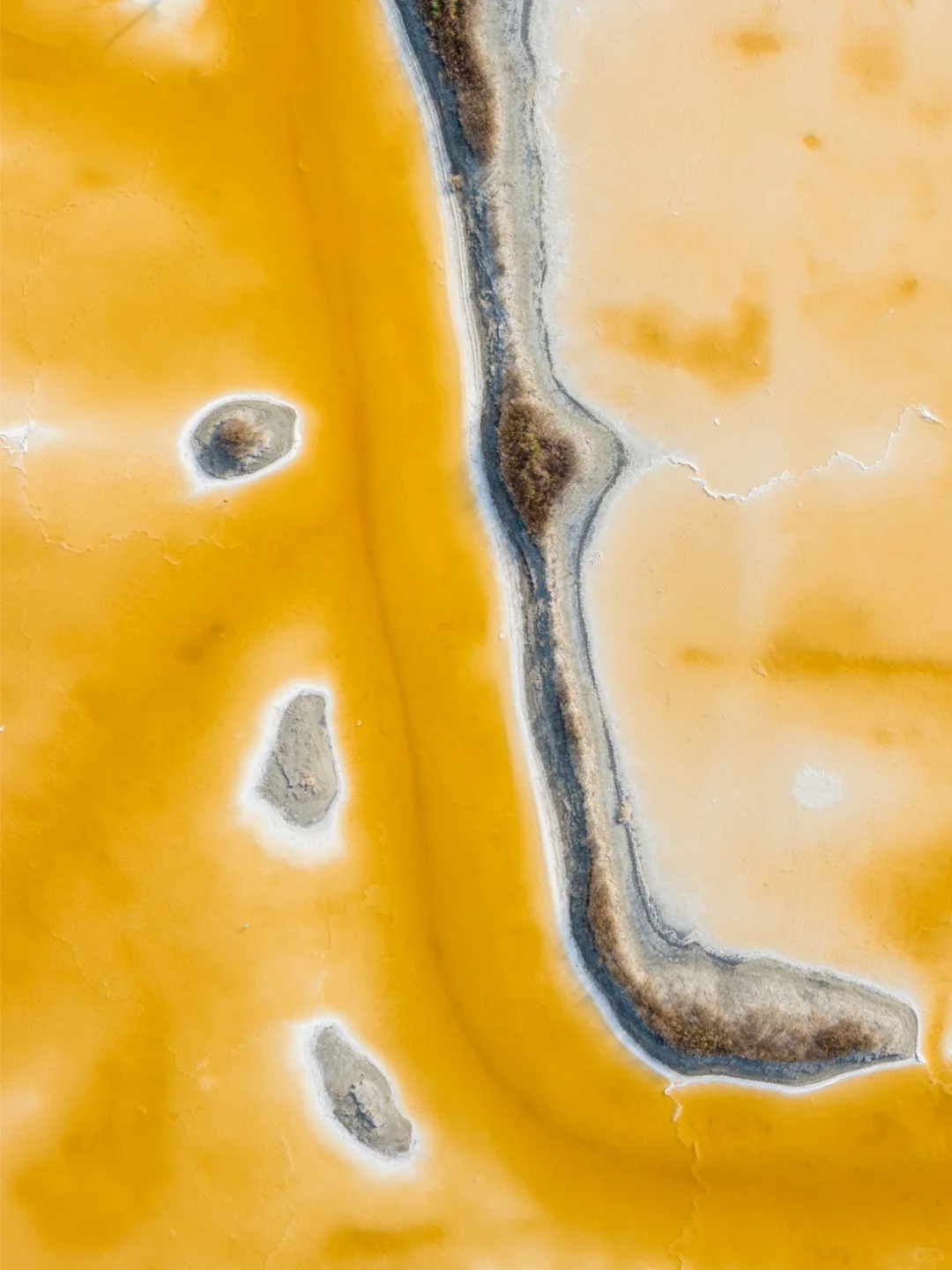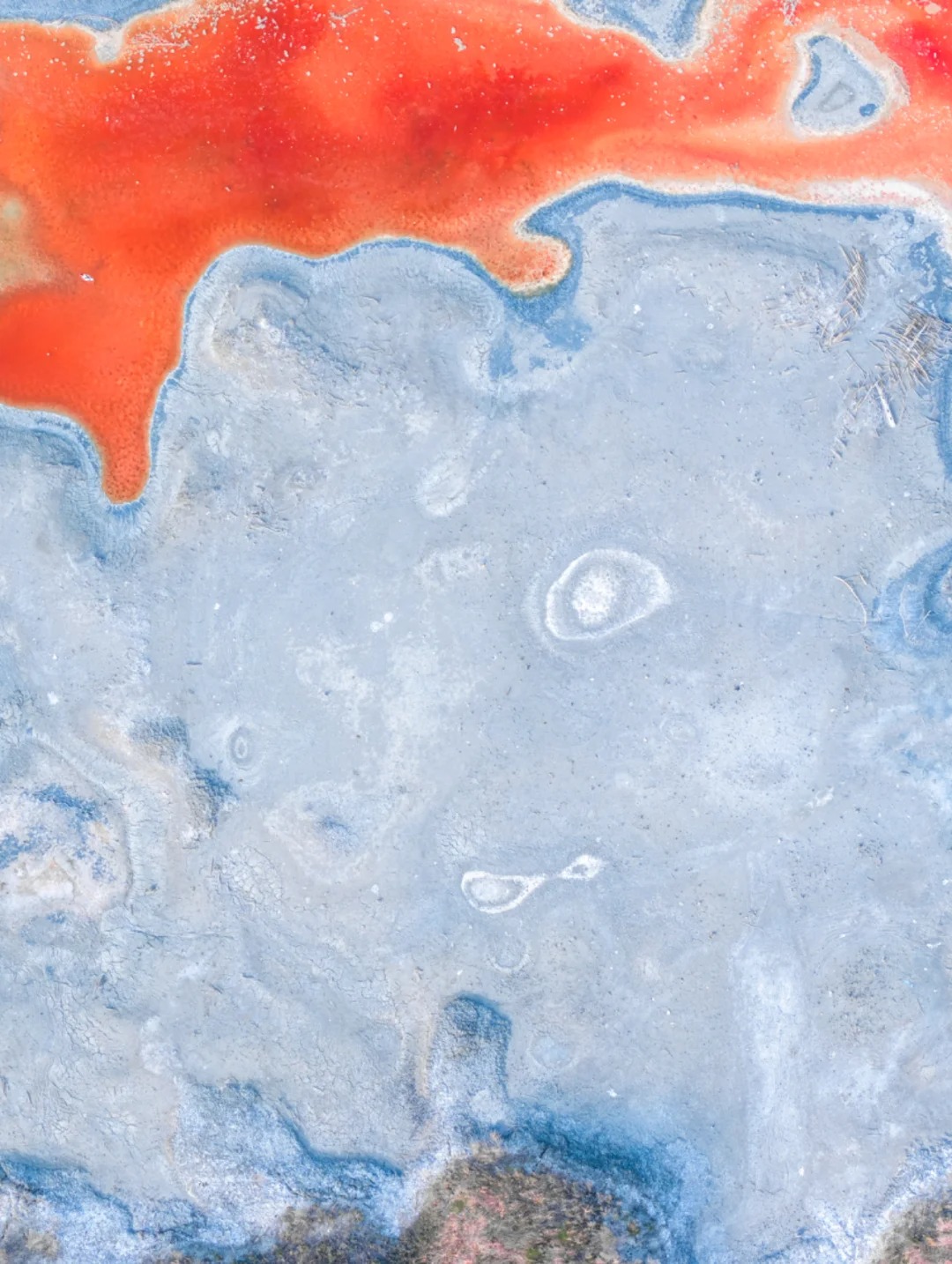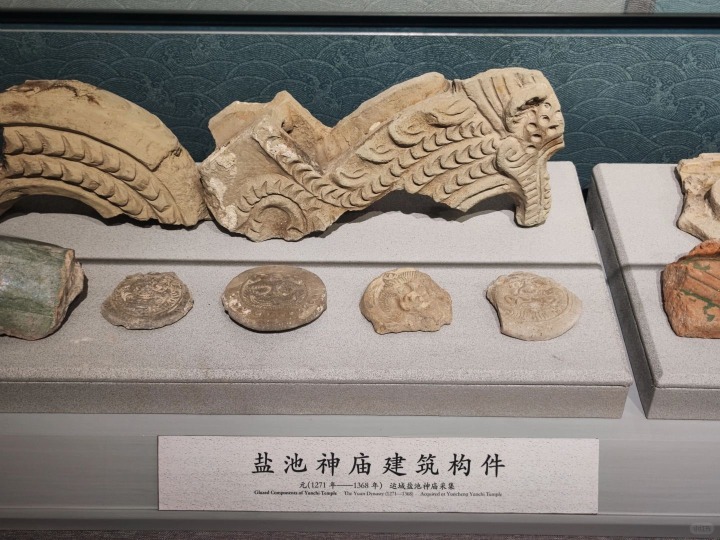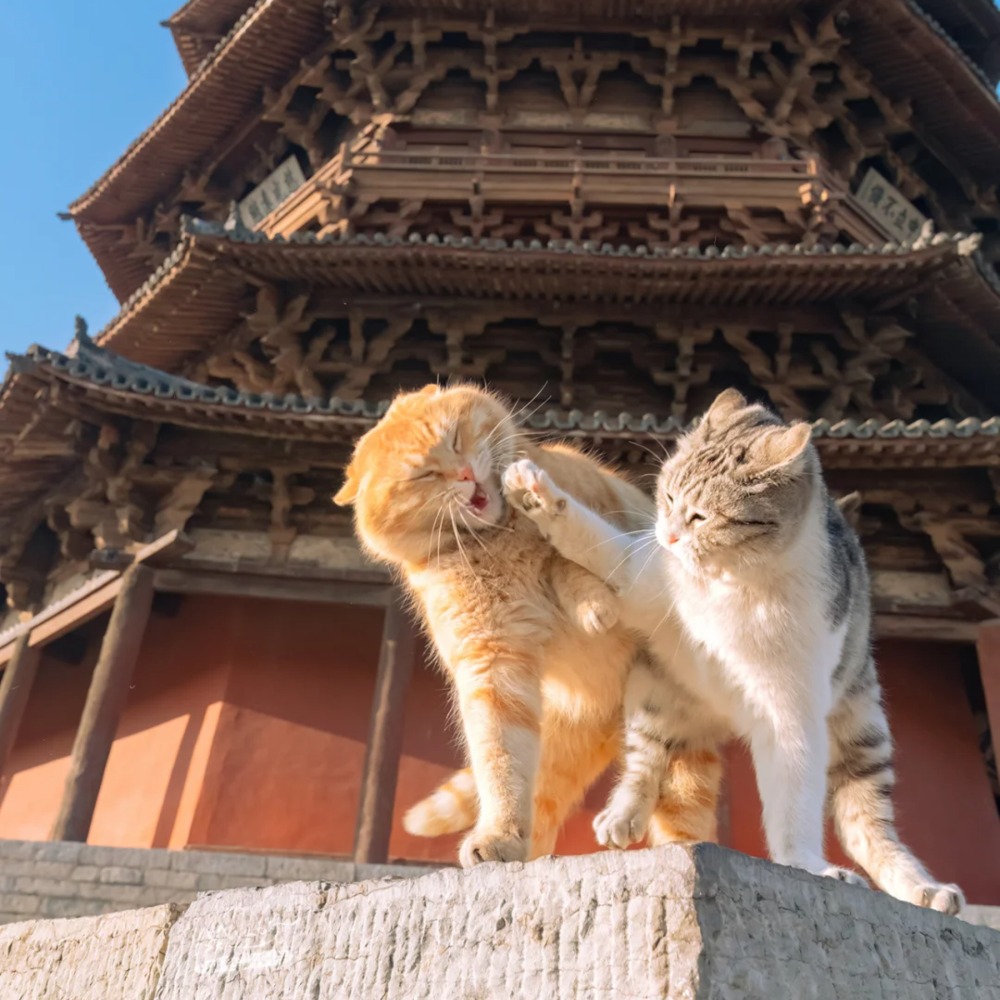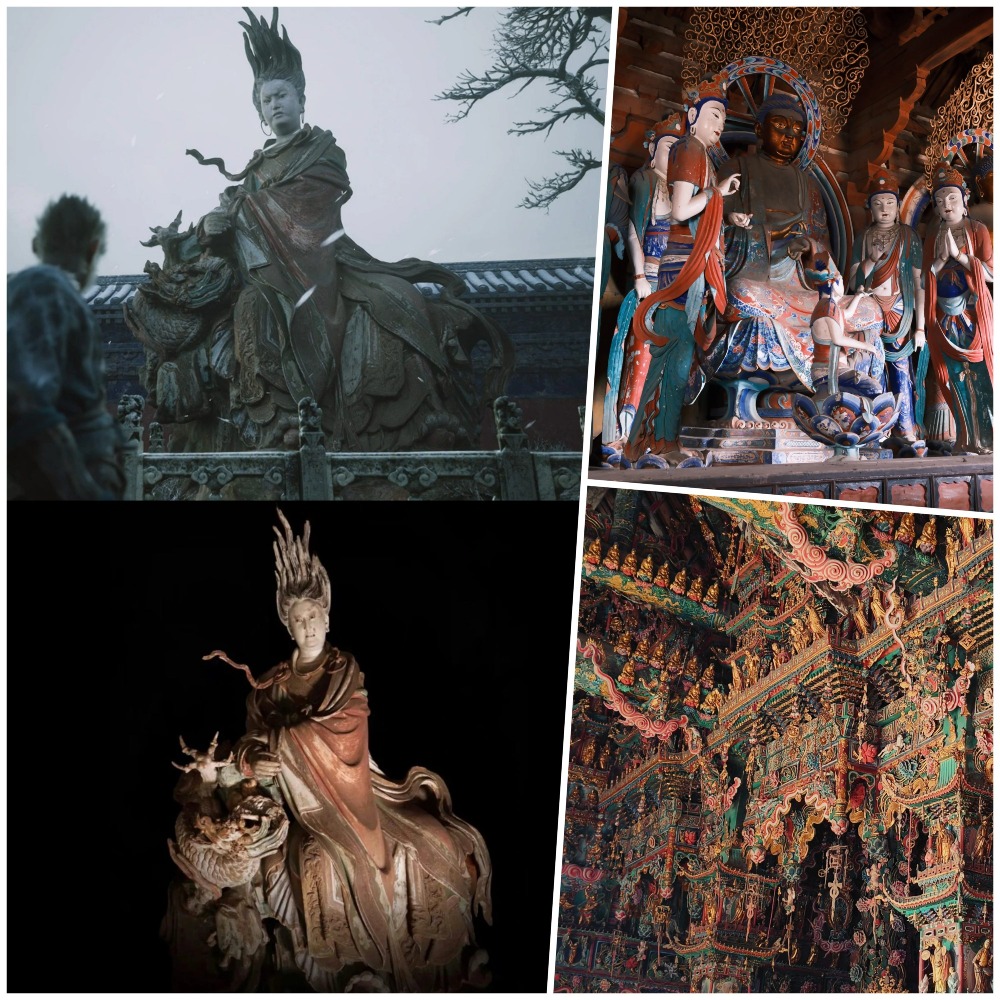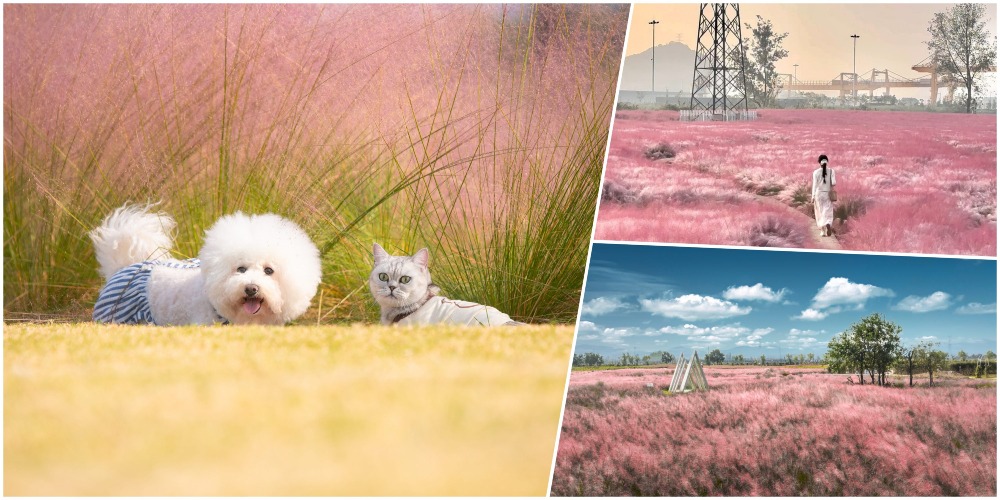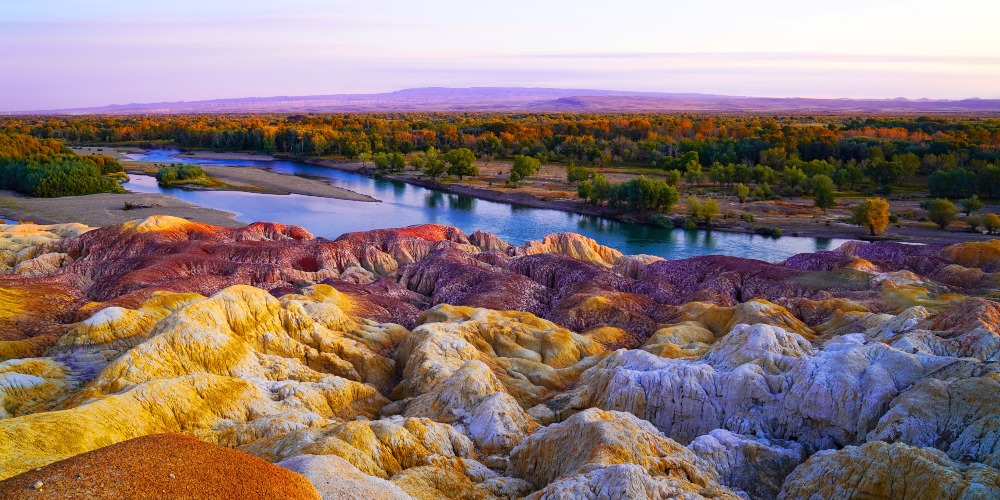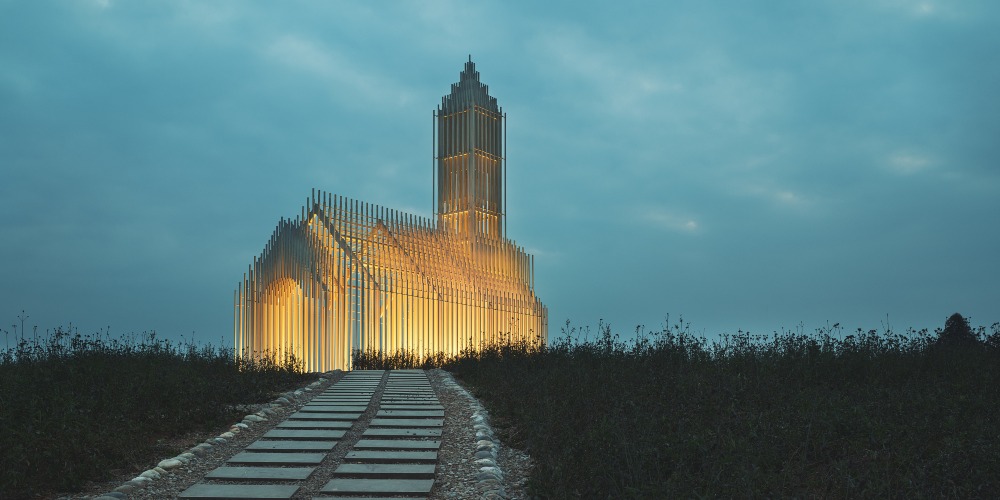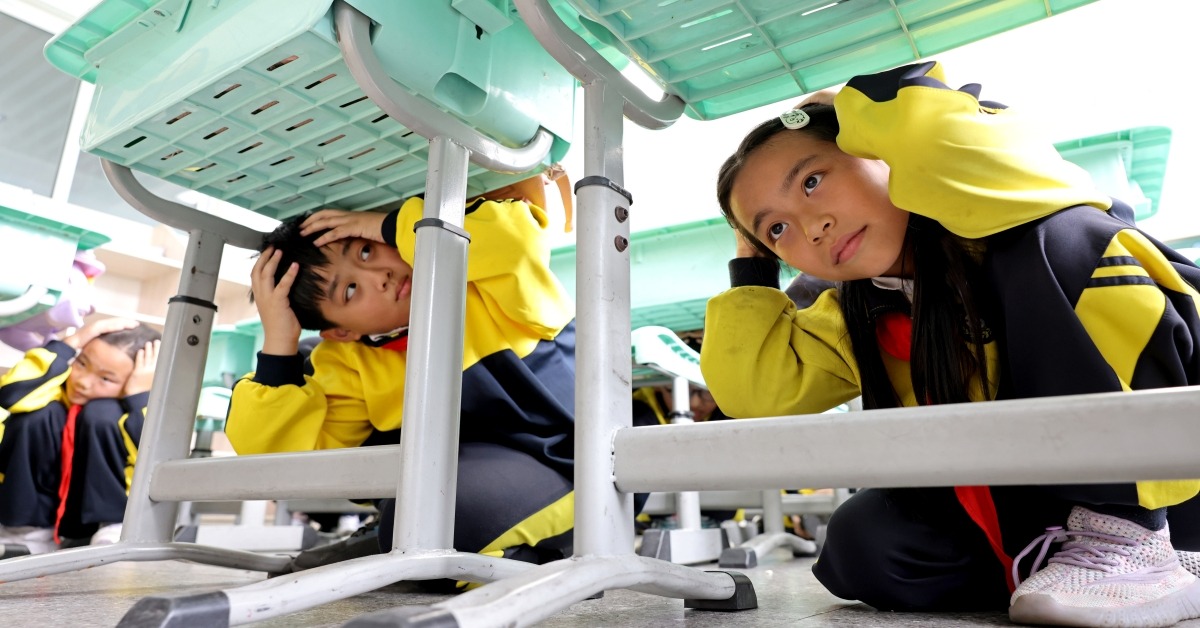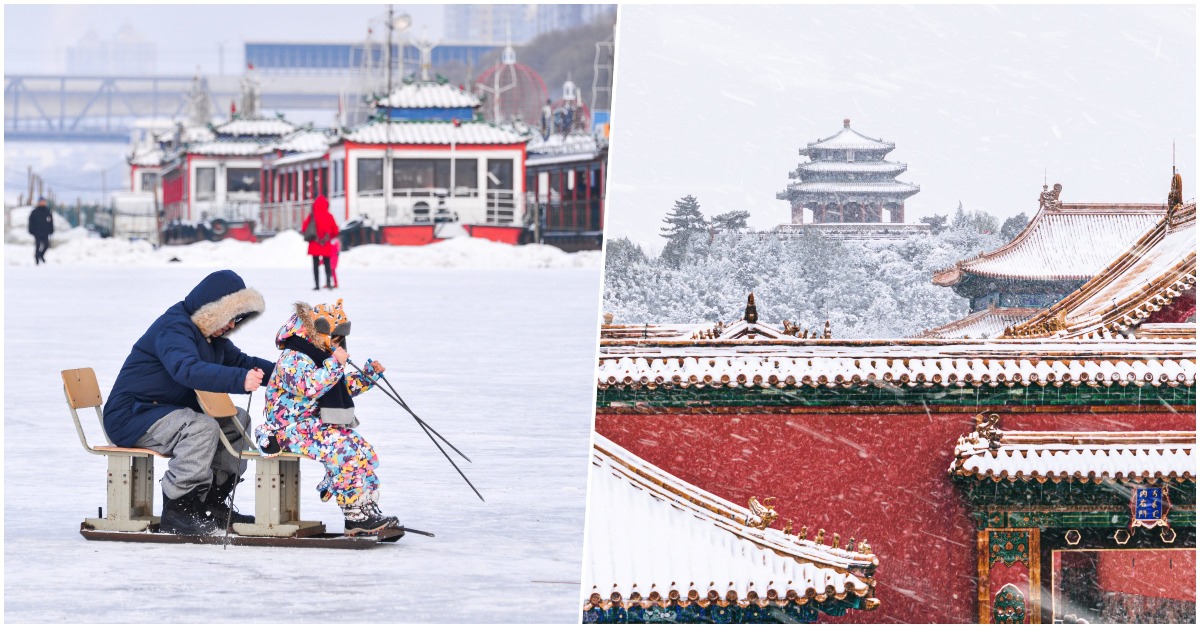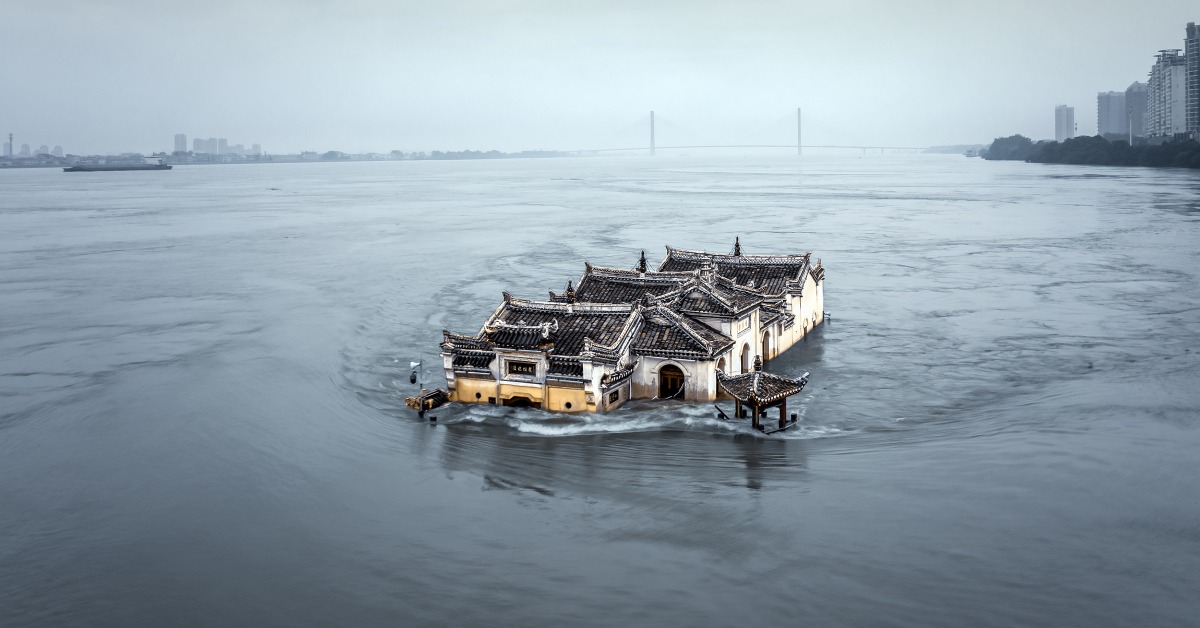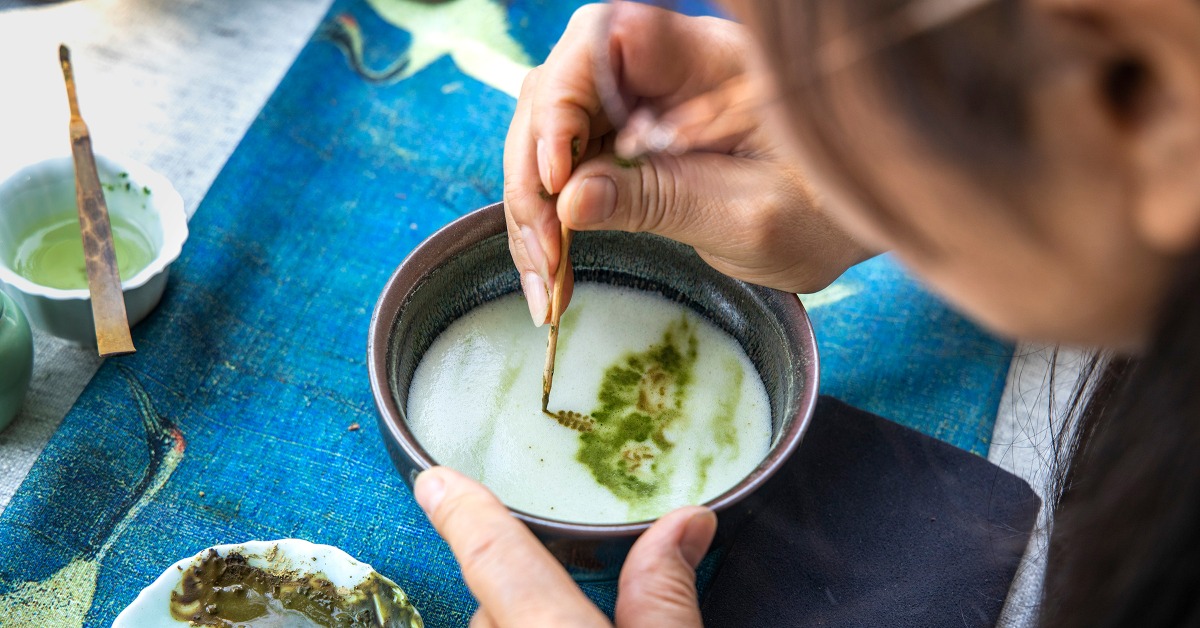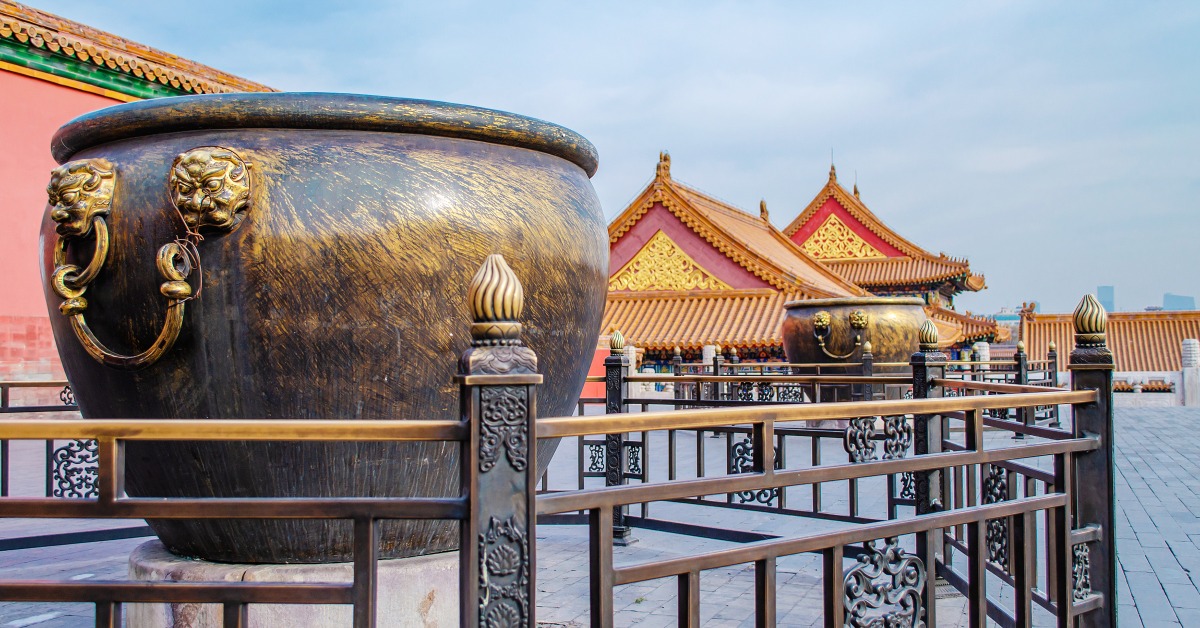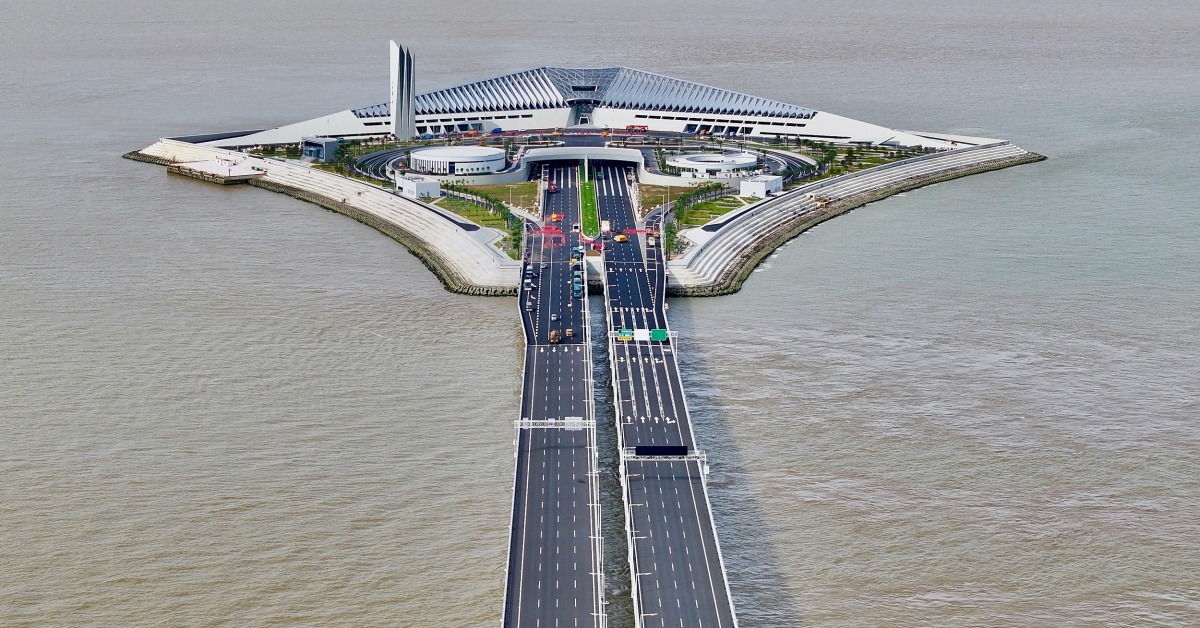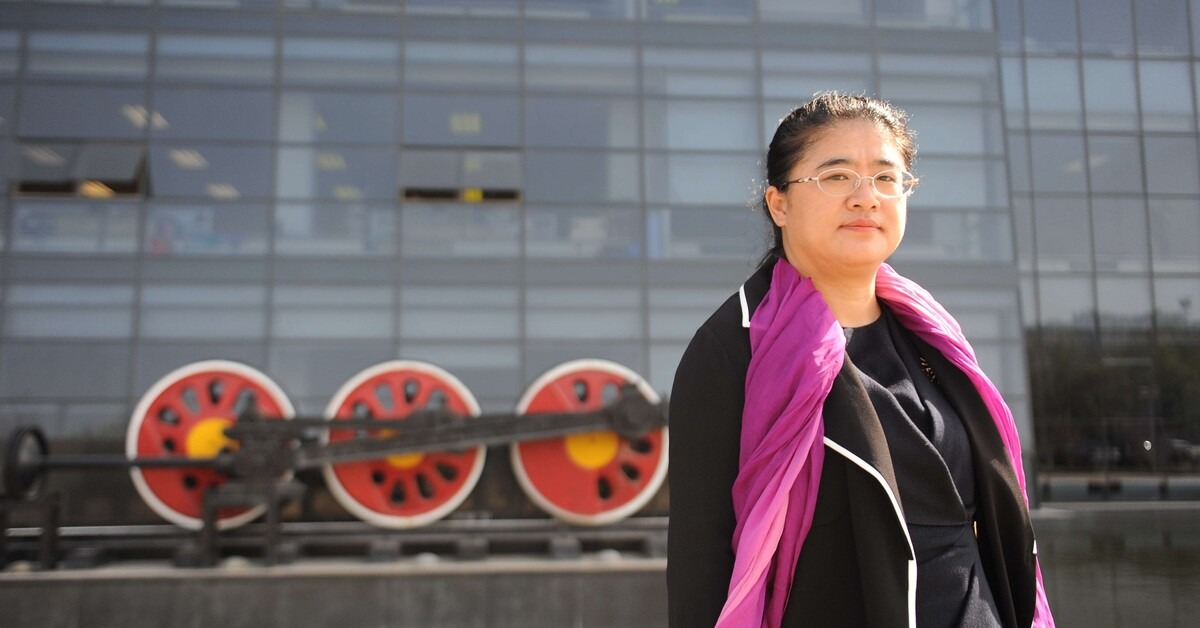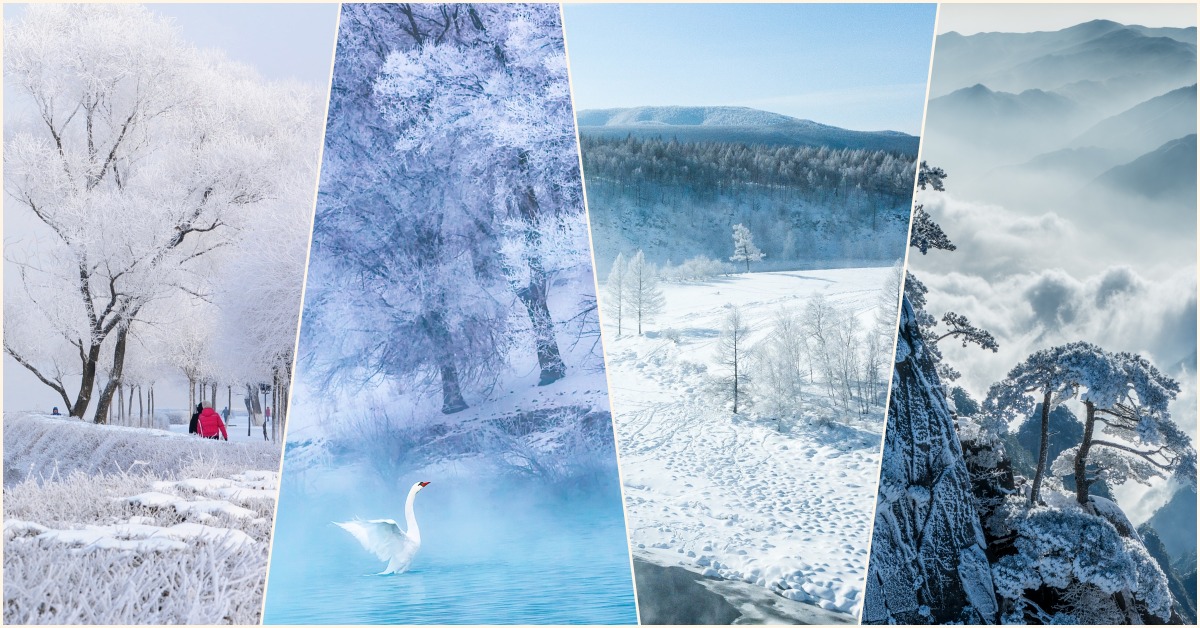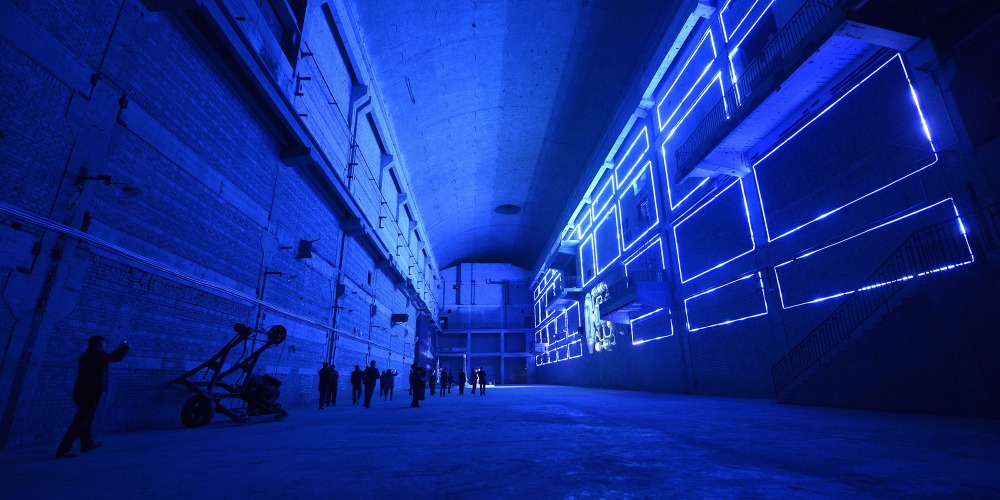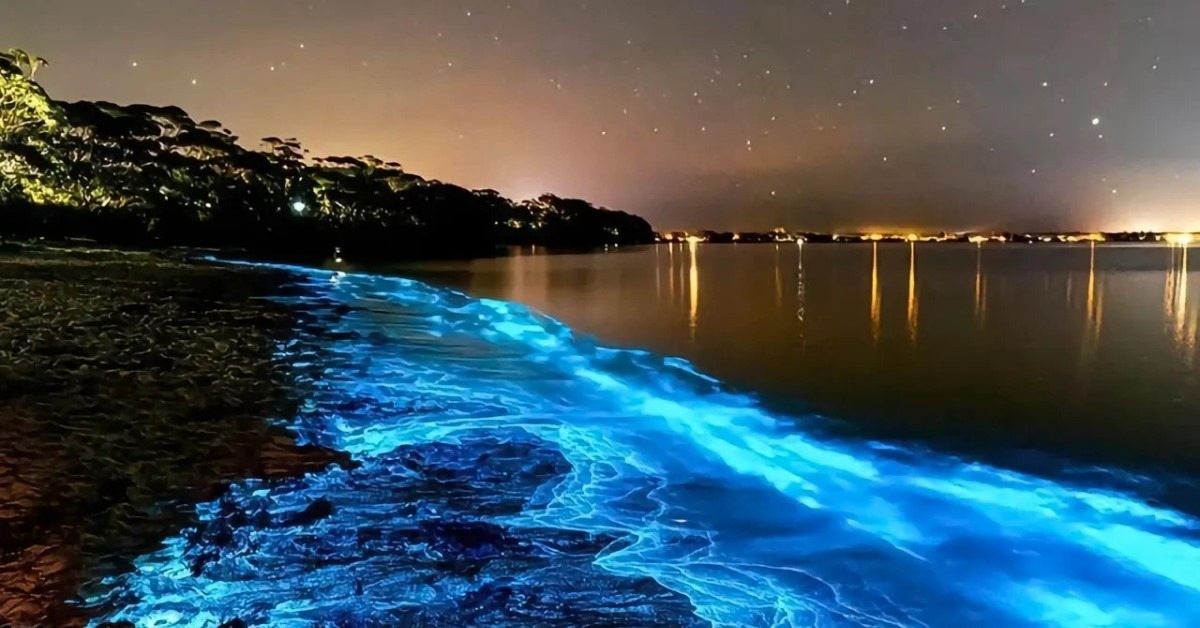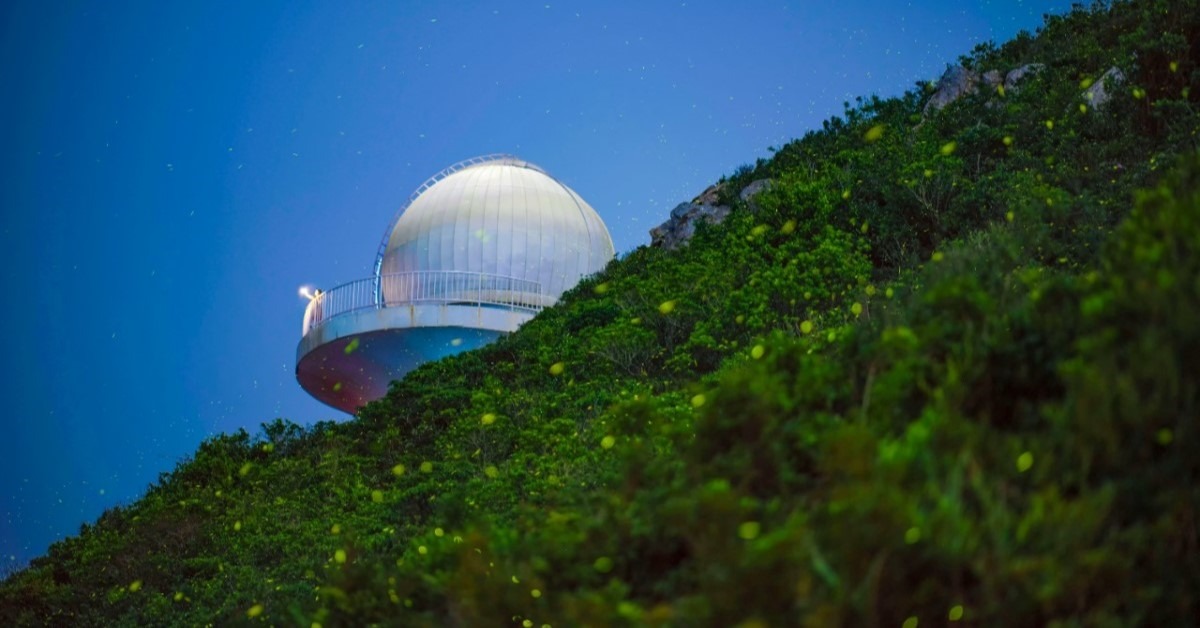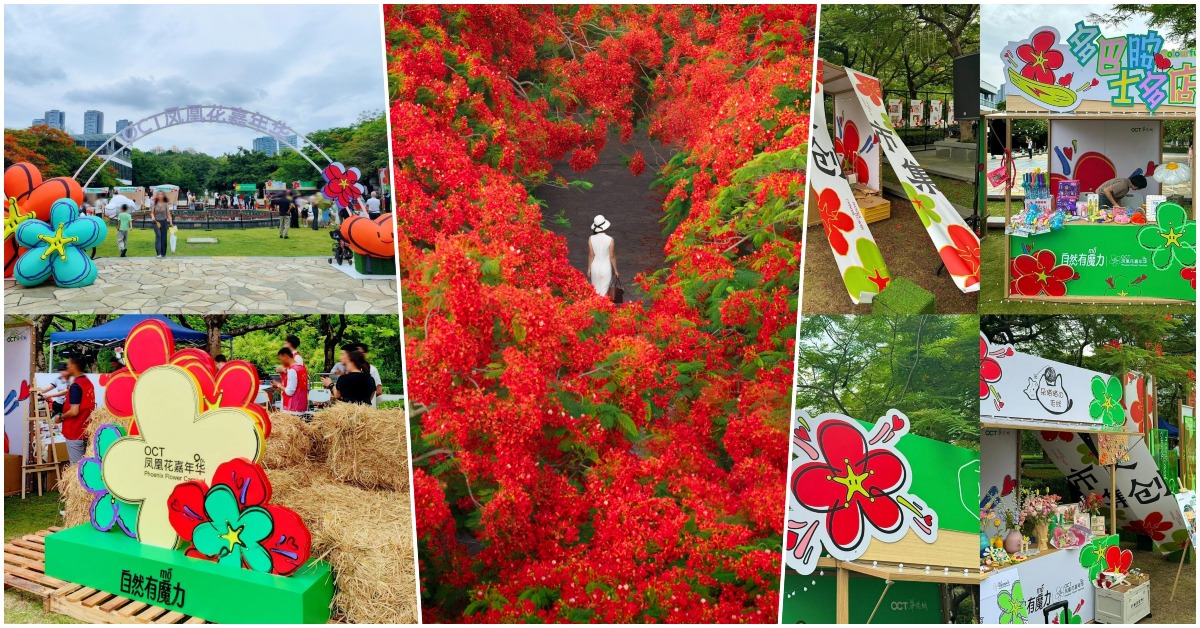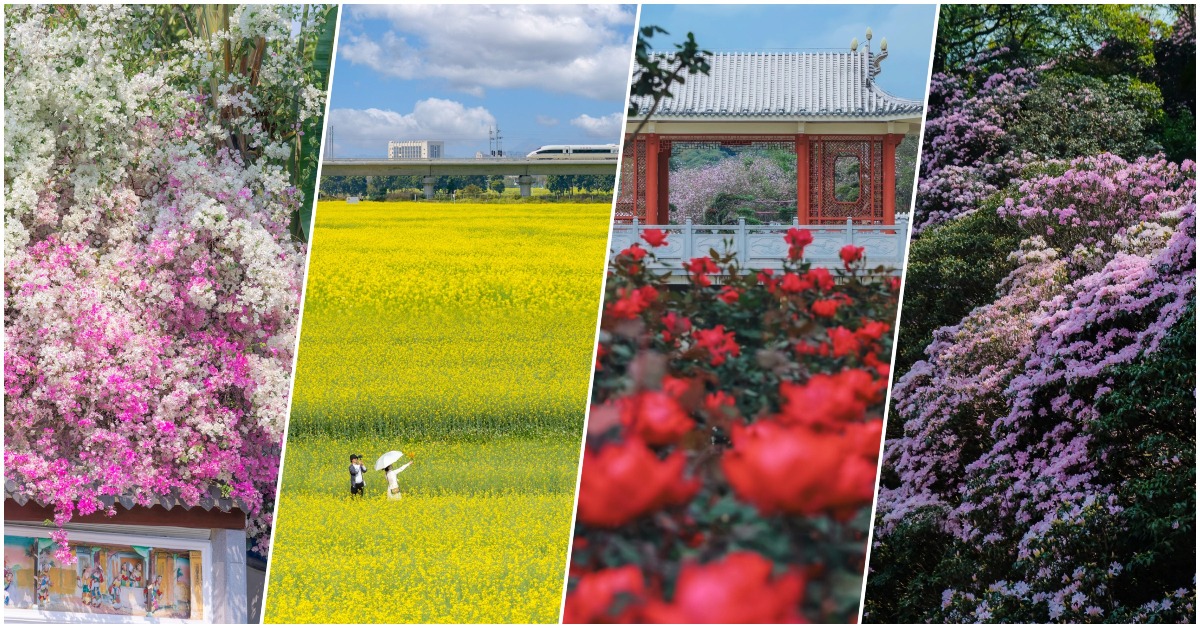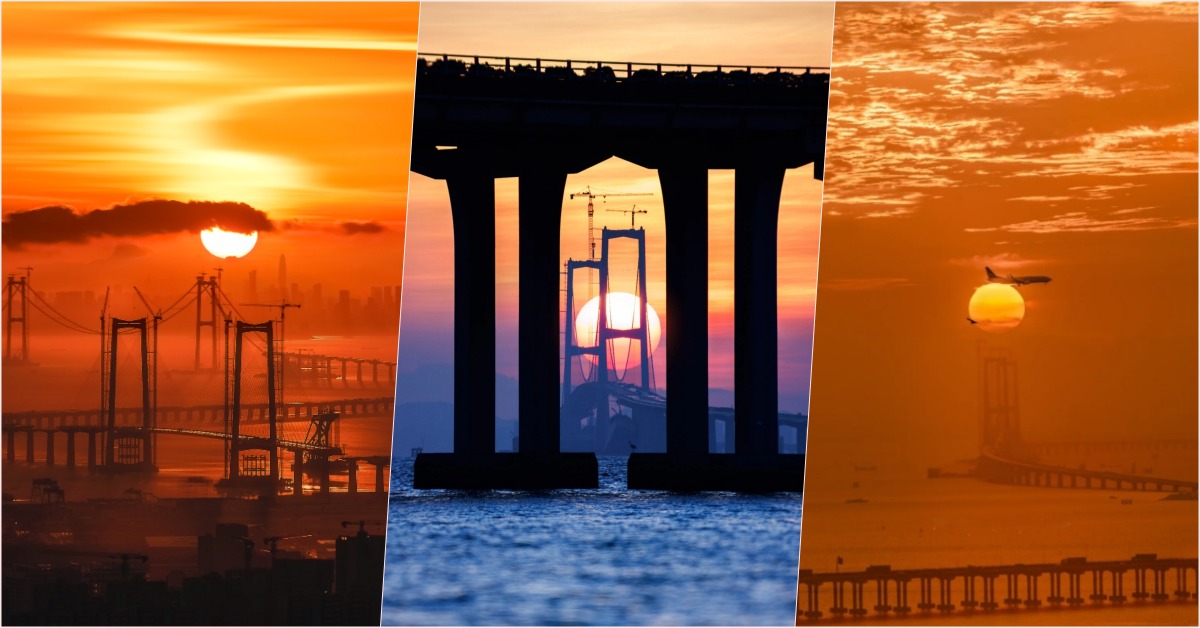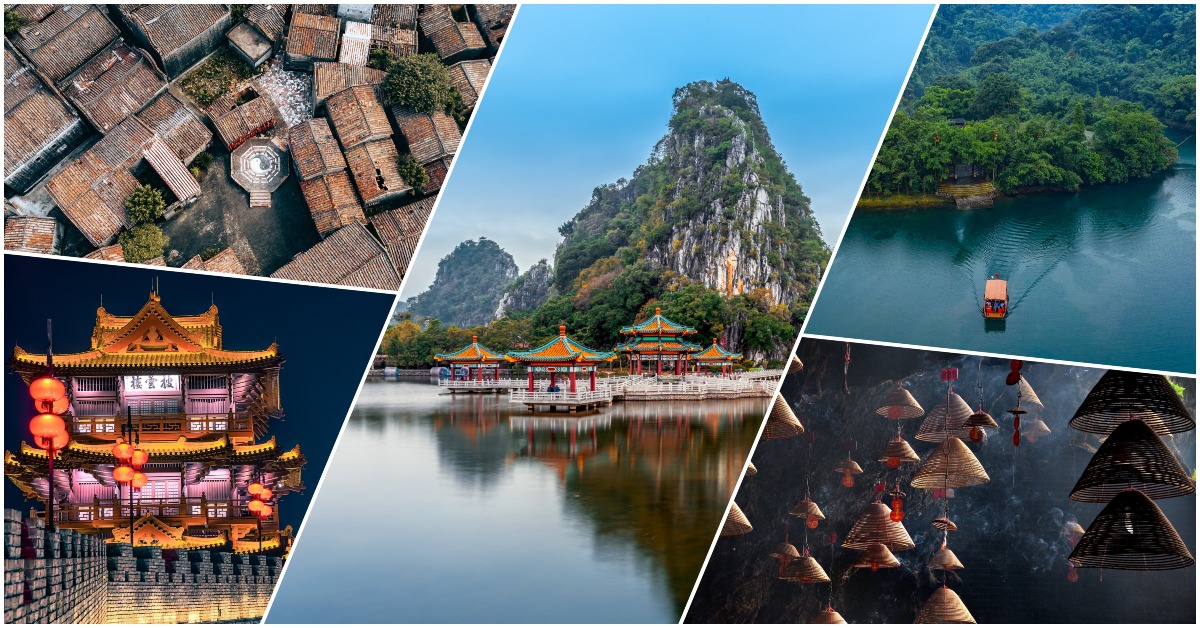Published : 2024-10-19
There's a place where you can experience the buoyancy of the Dead Sea and mesmerising kaleidoscopic views, and it is in China. Can you guess where it is?
It turns out that in Yuncheng, Shanxi Province, there is a salt lake known as the "Dead Sea of China".
The water of the salt lake changes colour with variations in temperature and minerals, showing a breathtaking spectacle of vibrant hues.
Let's enter the colourful world together!
4,000-year-old Yuncheng Salt Lake in Shanxi
Yuncheng Salt Lake (運城鹽湖) is located in Yuncheng City, in the southwestern part of Shanxi Province, China, and is one of the three major sodium sulphate inland salt lakes in the world.
Yuncheng Salt Lake is an ancient and typical inland saline lake. According to records, with a development history of more than 4,000 years, it was formed in the Tertiary of the Cenozoic Era during the Himalayan tectonic movement - it is indeed the "elderly" one among salt lakes.
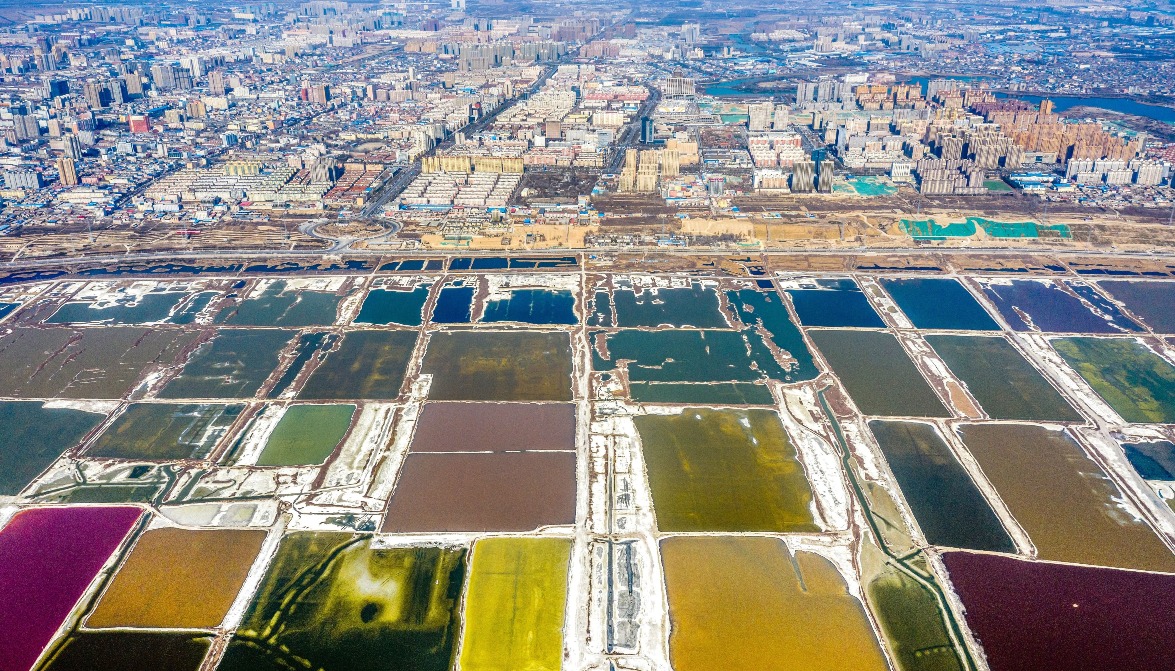
Yuncheng Salt Lake's surface is over 300 metres above sea level, with the deepest part about 6 metres. It covers an area of over 130 square kilometres.
The salt content of Yuncheng Salt Lake is similar to that of the Dead Sea in the Middle East, which allows people to float on the water. Hence it is known as the "Dead Sea of China".
Every year, tens of thousands of tourists flock to the salt lake in order to experience the buoyancy of the "Dead Sea of China".
Read more: Xizang Salt Wells witness the development of China's salt industry
Yuncheng Salt Lake: A spectacular kaleidoscopic palette
When you come to Yuncheng Salt Lake, you will be charmed by its stunning view like a colourful "palette".
Every summer, due to the rise in lake water temperature, the algae in the lake proliferate rapidly. These algae produce a variety of colours in the salt pools, causing the light to refract and create different vibrant hues.
The irregularly shaped salt lakes are scattered across the vast land. Some are round, some are oval, and others are square, with the lake water displaying a variety of colours including red, pink, purplish-red, light green, and brown-green.
In the aerial camera lens, it appears as watercolours on a palette.
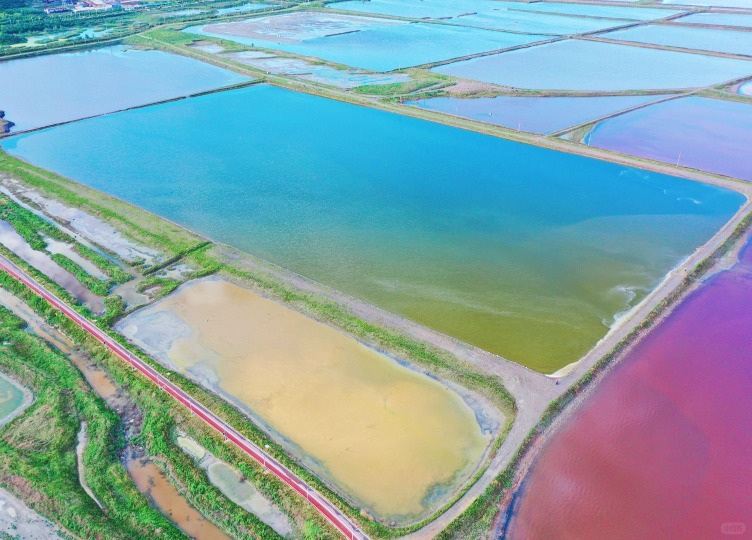
Read more: Discover the magical colourful lakes in China
Apart from being influenced by temperature, the colour of the lake water is also related to the content of minerals and the concentration of algae in the water.
At high level of magnesium sulphate, Yuncheng Salt Lake turns a beautiful red. Viewed from a mountain, it looks like a precious ruby.
When the sodium sulphate content in the lake water is high, it appears a refreshing pale yellow.
For the parts of the lake that have a rich growth of green algae, the lake water looks like a piece of emerald embedded in the earth, as beautiful as a painting, displaying the wonders of nature.
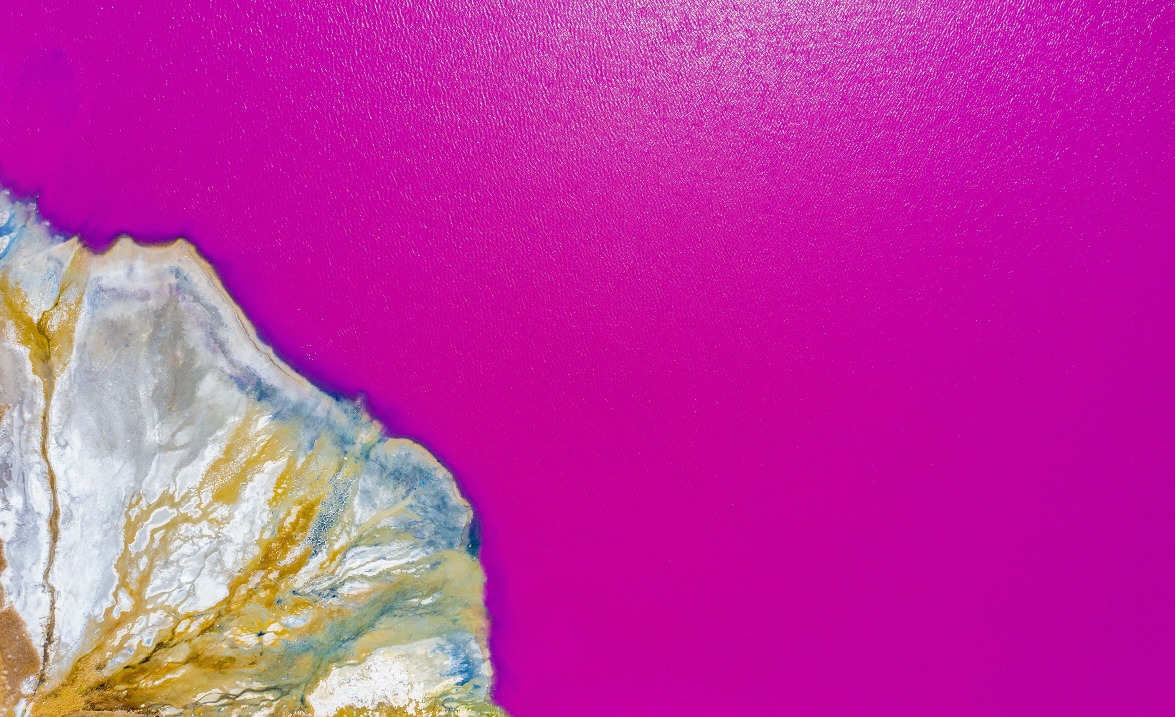
Read more: Qinghai Chaka Salt Lake: "Mirror of the Sky" in China
1000-year-old salt culture of Yuncheng
In addition to outdoor tours to savour the colourful salt lake, there are indoor health centres in Yuncheng where visitors can experience salt lake hot springs, mineral salt therapies, and mud curing treatments, making full use of the rich natural resources of the salt lake.
For example, there's a mud bath near the salt lake where people can smear the black mud from the salt lake all over their bodies, except for the eyes and lips.
The plentiful minerals in the black mud would permeate into the skin, which can improve skin metabolism.
There are also wellness hot springs and salt therapy parlours in the city, utilising geothermal mineral spring water, along with salt and mud therapies, to recharge visitors during their journey.
When planning a trip to Shanxi, you may want to add this colourful salt lake to your itinerary and come to see the vibrant natural scenery. It's sure to be an eye-opening experience!
Read more: Shanxi is more than just knife-cut noodles? Explore the 'all-aspects' culture of Shanxi food.
Travel Information
Yuncheng Salt Lake in Shanxi
Address: Yuncheng city, southwestern Shanxi Province
Opening hours:
April to October: Monday to Sunday, 8:00 am to 6:30 pm
November to March: Monday to Sunday, 8:30 am to 5:30 pm
Recommended stay: Half day to one day
